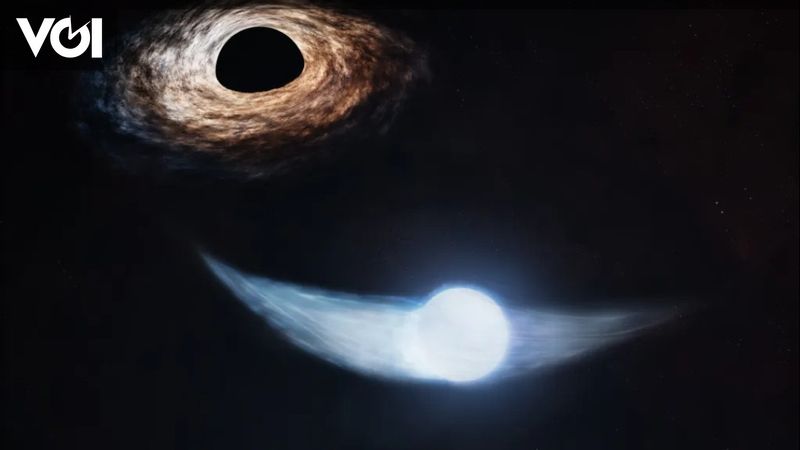JAKARTA – Researchers have made significant progress in observing black holes using the Chandra Observatory’s X-ray telescope. They can now understand when black holes eat or waste matter.
In addition to using NASA’s Chandra telescope, the researchers used data from the Neil Gehrels Swift Observatory and the European Space Agency’s (ESA) XMM-Newton. They observed a supermassive black hole in the AT2018fyk system.
This black hole has a mass of up to 50 million times the mass of the Sun and is in the center of the galaxy located about 860 million light-years from Earth. In an elliptical orbit around the black hole a star is partially destroyed.
This damage occurs due to the actions of black holes. Each time tidal forces occur, the black hole pulls material from the star, creating stellar debris. This process usually happens about once every 3.5 years.
Around 2018, an ASAS-SN optical ground-based survey showed that the AT2018fyk system was brighter than usual. After observations using NASA and ESA telescopes, it was revealed that this spike in brightness occurred as a result of tidal disturbances.
This means that a star is completely torn apart and some of its debris is swallowed by the black hole because it is too close to it. This causes the orbit to gain a significant increase in brightness, as seen by the Chandra and XMM-Newton telescopes.
At first, scientists thought that the star was completely consumed because the brightness in X-rays and ultraviolet (UV) light was declining. But, two years later, these two lights were bright again, even brighter than before.
Seeing this event, it is believed that the star escaped from the black hole, and then entered the same ellipse several years later. Therefore, the star will be eaten by the black hole once every 3.5 years as the orbit pulls the star closer to the black hole.
2024-08-17 05:37:00
#NASA #telescope #monitors #feeding #record #black #hole


